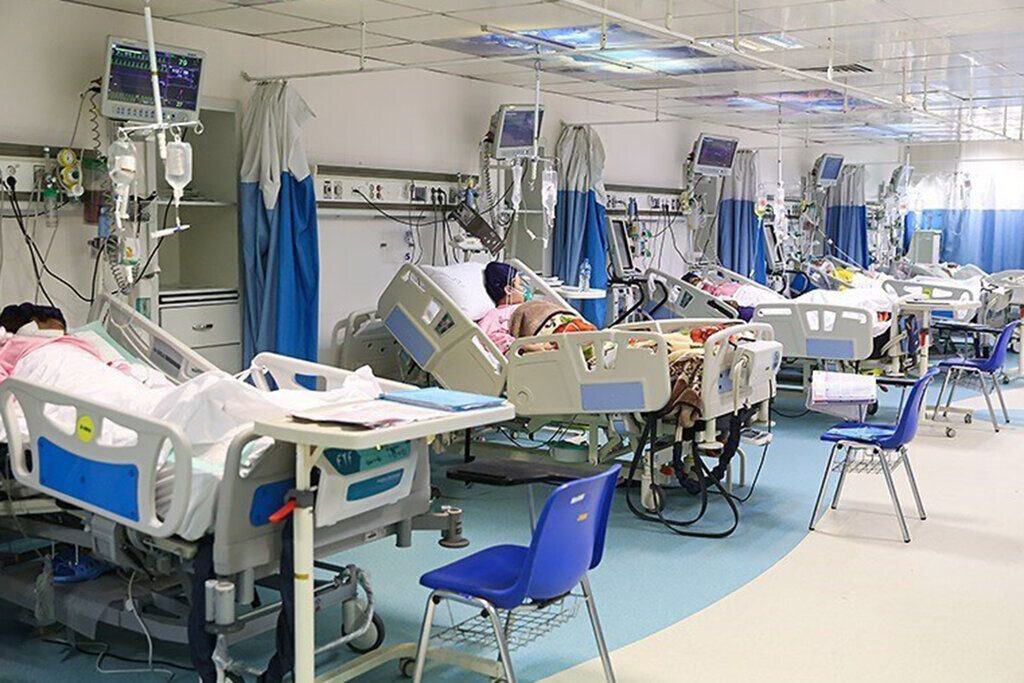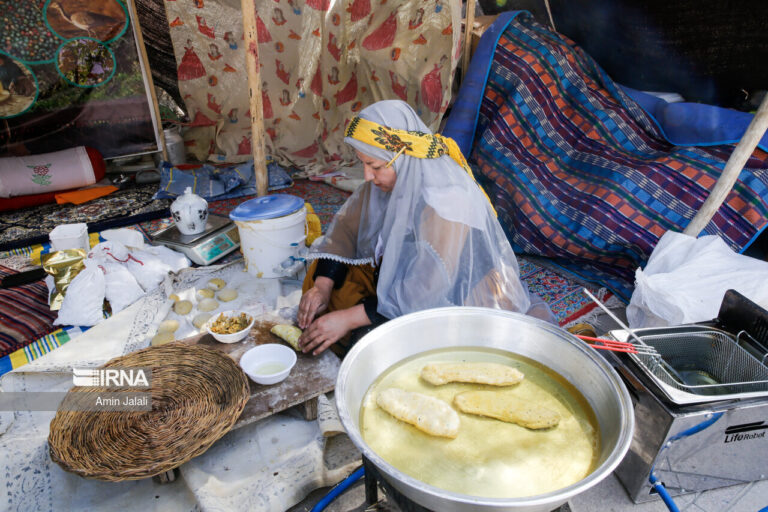New Funding Boost: Special Budget Set Aside for Rare and Challenging Diseases
The Iranian administration has recently taken a significant step towards improving healthcare accessibility by approving 120 billion rials (approximately $144,000) for the treatment of rare and hard-to-treat diseases in the current Iranian year, which commenced on March 21. Rare diseases, often defined as conditions affecting 1 in 2000 individuals or fewer, impact over 300 million people globally, with a staggering 70 percent of these conditions manifesting during childhood.
According to the World Health Organization (WHO), rare diseases are complex and multi-systemic, affecting various organs and often leading to serious comorbidities. Many of these diseases are chronic and progressive, resulting in severe disabilities and potential premature death. The high costs associated with treating these conditions have prompted the Salamat Health Insurance Organization, in collaboration with the Ministry of Health, to establish the Rare Disease Foundation. This foundation aims to promote health equity and minimize out-of-pocket expenses for patients.
Mohammad Mohammad-Mehdi Nasehi, the managing director of the Salamat Health Insurance Organization, made this announcement on Thursday, coinciding with World Thalassemia Day.
Establishment of the Rare Disease Foundation
Founded in the Iranian year 1401 (March 2022-2023), the Rare Disease Foundation currently covers 130 rare diseases. Once patients are diagnosed, their information is recorded to facilitate access to the services provided by the foundation. To date, over 2.5 million patients have benefited from these services.
Notably, cancers rank among the most expensive diseases covered by the foundation. According to Nasehi, approximately 70 percent of the allocated funds are directed towards cancer-related medications.
Statistics on Rare Diseases in Iran
A recent report by the Rare Disease Foundation reveals that a total of 456 rare diseases have been identified in Iran. The incidence of these diseases is notably low, often resulting in only one or two cases per condition within the country. The health ministry identifies several conditions categorized as rare diseases, including:
- Butterfly skin disease (Epidermolysis Bullosa)
- Spinal Muscular Atrophy (SMA)
- Metabolic diseases
- Autism
- Dystrophies
- Thalassemia
- Hemophilia
- Diabetes
- Cancer
- Immune deficiency diseases
World Thalassemia Day: Raising Awareness
Celebrated annually on May 8th, World Thalassemia Day aims to raise awareness about this genetic blood disorder. Thalassemia impairs the body’s ability to produce hemoglobin, leading to varying degrees of anemia, fatigue, and associated complications. The severity of thalassemia can vary based on its type, making specialized care essential for effective treatment and management.
It is estimated that over 100 million people globally carry genes responsible for thalassemia, with more than 300,000 babies born each year suffering from severe forms of the disease. The observance of this day serves as a call to action to increase awareness about thalassemia and its profound impact on individuals and families.
Additionally, World Thalassemia Day seeks to unite communities in support of patients while promoting preventive measures to combat the disease effectively. Currently, Iran has more than 19,000 patients diagnosed with thalassemia. Among them:
- 15,500 are diagnosed with thalassemia major
- 2,800 with thalassemia intermedia
- 1,000 are suffering from sickle cell disease and other hemoglobinopathy disorders
The Theme for World Thalassemia Day 2025
Each year, World Thalassemia Day is celebrated under a specific theme. For 2025, the theme is “Together for Thalassemia: Uniting Communities, Prioritizing Patients.” This theme underscores the importance of a patient-centered approach, emphasizing that care should extend beyond mere treatment to encompass holistic well-being, dignity, and empowerment of patients.
The initiatives undertaken by the Iranian administration and organizations like the Rare Disease Foundation represent a crucial step towards improving healthcare access for patients with rare diseases. By addressing the challenges posed by these conditions, the government aims to foster a more equitable healthcare landscape for all.






